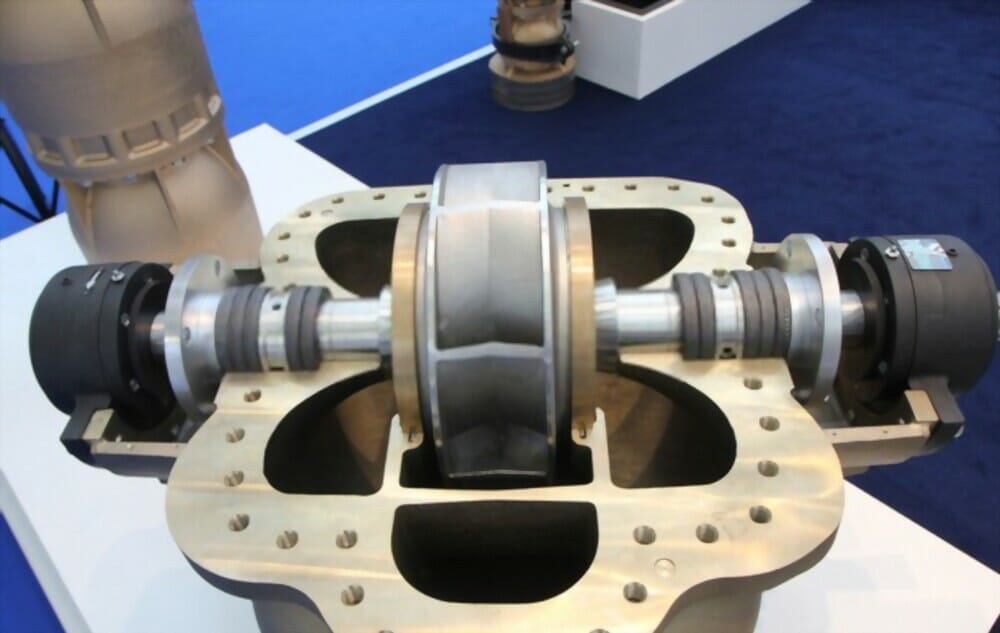Unsure which gland packing material to choose for your application? Selecting the right packing is crucial for optimal performance and equipment longevity.
In this blog post, we’ll guide you through the key factors to consider when making your choice.

Types of Gland Packings
PTFE Gland Packings
PTFE (polytetrafluoroethylene) is a synthetic fluoropolymer known for its excellent chemical resistance, low friction, and wide temperature range. PTFE gland packings are suitable for applications involving aggressive media, such as strong acids and bases. They offer good sealing performance and are resistant to wear and abrasion.
Flexible Graphite Gland Packings
Flexible graphite is a versatile material composed of exfoliated graphite sheets. It provides superior sealing capabilities, even under high temperatures and pressures. Flexible graphite gland packings are chemically inert, making them suitable for use with a wide range of media, including steam, hydrocarbons, and corrosive fluids.
Aramid Yarn Gland Packings
Aramid yarns, such as Kevlar, are known for their high strength and durability. Gland packings made from aramid yarns offer excellent mechanical properties and are resistant to abrasion and wear. They are suitable for applications involving high pressures and temperatures, as well as for use with abrasive media.
Natural Fiber Gland Packings
Natural fibers, such as flax, hemp, and cotton, have been traditionally used in gland packing applications. These materials are biodegradable and offer good sealing performance in low to medium pressure and temperature conditions. Natural fiber gland packings are suitable for use with water, steam, and mild chemicals.
Carbon Fiber Gland Packings
Carbon fiber gland packings are known for their high strength, low friction, and excellent thermal conductivity. They are suitable for use in high-temperature applications and can withstand exposure to aggressive media. Carbon fiber gland packings offer good sealing performance and are resistant to wear and abrasion.

Factors to Consider When Selecting Gland Packing
Fluid Being Sealed
Different fluids have varying chemical properties that can affect the performance and longevity of the packing. For example, aggressive chemicals may require packing materials with high chemical resistance, while high-temperature fluids may necessitate the use of heat-resistant materials.
Temperature
Packing materials have specific temperature ranges within which they can function effectively. Exceeding these temperature limits can lead to rapid deterioration of the packing, resulting in leaks and reduced sealing efficiency.
Pressure and the Pv Coefficient
Higher pressures require packing materials with greater mechanical strength and resistance to extrusion. The Pv coefficient is a measure of the packing’s ability to withstand the combined effects of pressure and shaft velocity. Selecting a packing material with an appropriate Pv coefficient ensures optimal sealing performance and longevity.
PH Level
The pH level of the fluid being sealed can significantly impact the compatibility and durability of the gland packing. Acidic or alkaline fluids may cause certain packing materials to degrade or lose their sealing properties.
Shaft Speed
High shaft speeds generate increased friction and heat, which can accelerate the wear and deterioration of the packing material. In such cases, it is advisable to opt for packing materials with low friction coefficients and good heat dissipation properties to minimize wear and ensure reliable sealing performance.
Stuffing Box Dimensions
The dimensions of the stuffing box, including its depth and diameter, influence the selection of gland packing. The packing material should be compatible with the stuffing box dimensions to ensure proper fit and sealing effectiveness. Insufficient packing depth or incorrect packing size can result in inadequate sealing and increased leakage.
Equipment Condition
The overall condition of the equipment, including the shaft and stuffing box, should be assessed before selecting gland packing. Worn or damaged components can adversely affect the sealing performance of the packing. In some cases, it may be necessary to repair or replace damaged parts before installing new packing to ensure optimal sealing and equipment reliability.
Required Leakage Rate
Some applications may tolerate a certain amount of controlled leakage, while others require a near-zero leakage rate. The selected packing material should be able to provide the desired level of sealing performance while meeting the specific leakage requirements of the application.
Water Flush Considerations
In certain applications, a water flush may be used to cool and lubricate the gland packing. The compatibility of the packing material with the water flush system should be evaluated. Some packing materials may be prone to swelling or degradation when exposed to water, leading to reduced sealing efficiency.
FAQs
How do I determine the right size for my gland packing?
Measure the shaft or stem diameter, the stuffing box bore, and the stuffing box depth to determine the correct packing size.
How often should I replace my gland packing?
Replace packing when signs of leakage, excessive wear, or damage are observed, or as recommended by the manufacturer’s maintenance guidelines.
Can I reuse old gland packing?
No, always use new packing material when replacing old or worn packing to ensure optimal sealing performance.
What is the recommended gland packing compression?
Compress packing to approximately 30% of its original volume for optimal sealing without causing excessive friction or wear on the shaft.
In conclusion
Selecting the right gland packing material is crucial for optimal performance and safety. Consider factors such as temperature, pressure, chemical compatibility, and environmental regulations. Consult with experts and manufacturers to make an informed decision. Don’t compromise on quality – choose the best gland packing material for your specific application.


